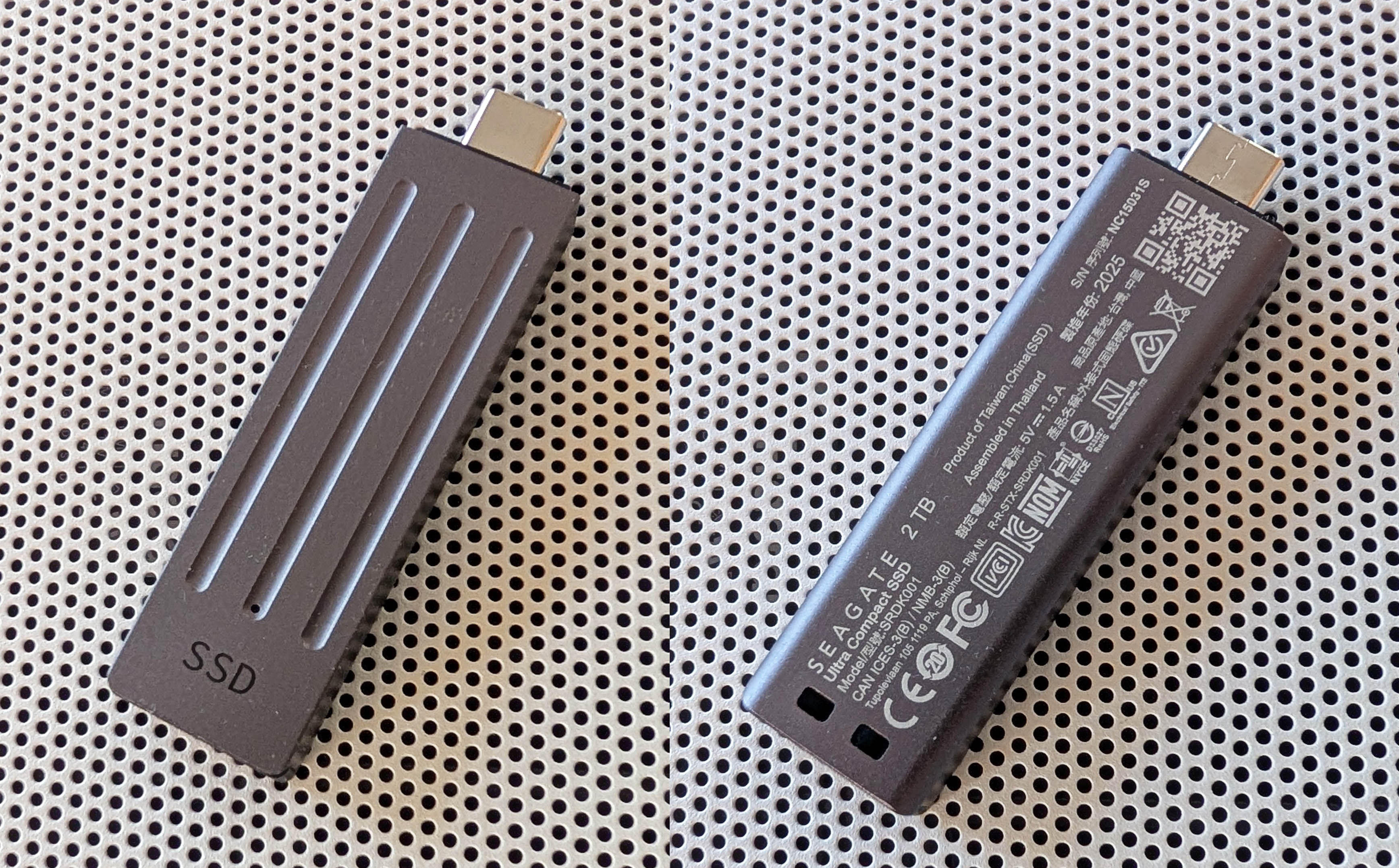When was the last time you used a USB flash drive? I had to think for a moment myself — and to be honest, I can’t remember exactly. For years, the USB stick was the device of choice when it came to fast and uncomplicated data transfer. What is the reason for these practical storage aids hardly playing a role today, and are they possibly even on the verge of extinction? A look at current developments sheds some light on this.
Why USB flash drives are no longer popular?
As compact and handy as they are, USB sticks have lost much of their relevance in recent years. One of the main reasons is their comparatively low storage capacity. Many commercially available models end at 256GB or 512GB, which means that large amounts of data such as 4K videos, complete photo archives, or system backups can only be transported to a limited extent.
Although there are also some high-end sticks with up to 2 terabytes of memory, such as the Seagate Ultra Compact SSD, many people prefer to use an SSD for such capacities. The reason: SSDs generally use more powerful flash chips, which ensure higher data transfer rates and a longer service life.
Another problem: The classic USB-A connection is hardly suitable for modern devices. Most laptops and tablets rely on USB-C, as do smartphones.
mentioned in this article
Although there are now USB sticks with Type C connectors, such as the aforementioned Seagate Ultra Compact. There are also so-called dual sticks with USB-A and USB-C connections, but in practice this is often a compromise. Many of these models rely on simple controllers and cheaper flash memory, which results in significantly slower transfer rates — especially when writing large files.
Modern alternatives to USB flash drives
External hard drives: lots of storage for little money
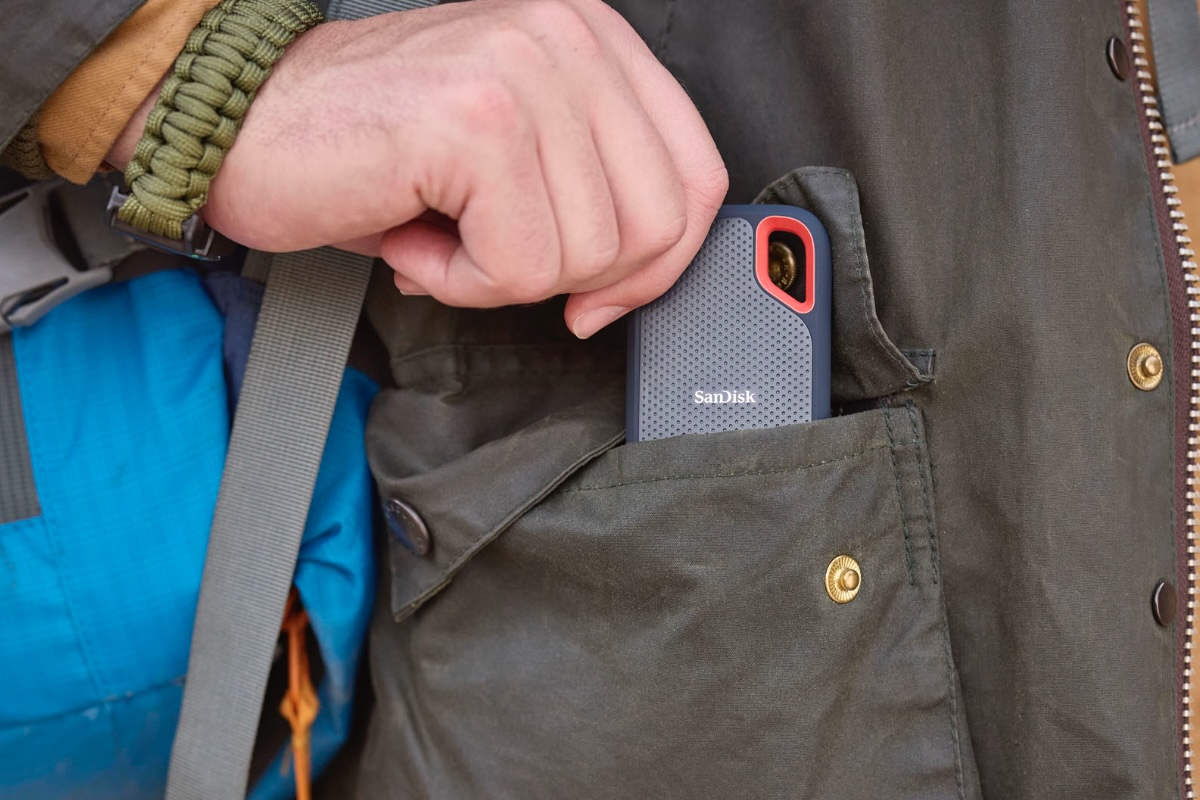
External hard drives, such as SSDs, are robust and powerful — with significantly more storage space than the average USB stick.
External hard drives — whether classic HDDs or fast SSDs — are among the most popular alternatives to USB sticks. They offer significantly more storage (up to 4TB and more), and SSDs in particular impress with their high transfer speed via USB-C or Thunderbolt. While HDDs offer a lot of space at a favorable price, SSDs are the better choice for large amounts of data, as they are faster, more robust, and hardly more expensive in higher storage classes than comparable USB sticks.
Advantages:
- Significantly more storage space than USB sticks
- Shock-resistant and durable, higher-quality flash chips
- Ideal for backups or large amounts of data
Disadvantages:
- Larger and heavier than a USB stick
- Sometimes more expensive, especially for SSD models
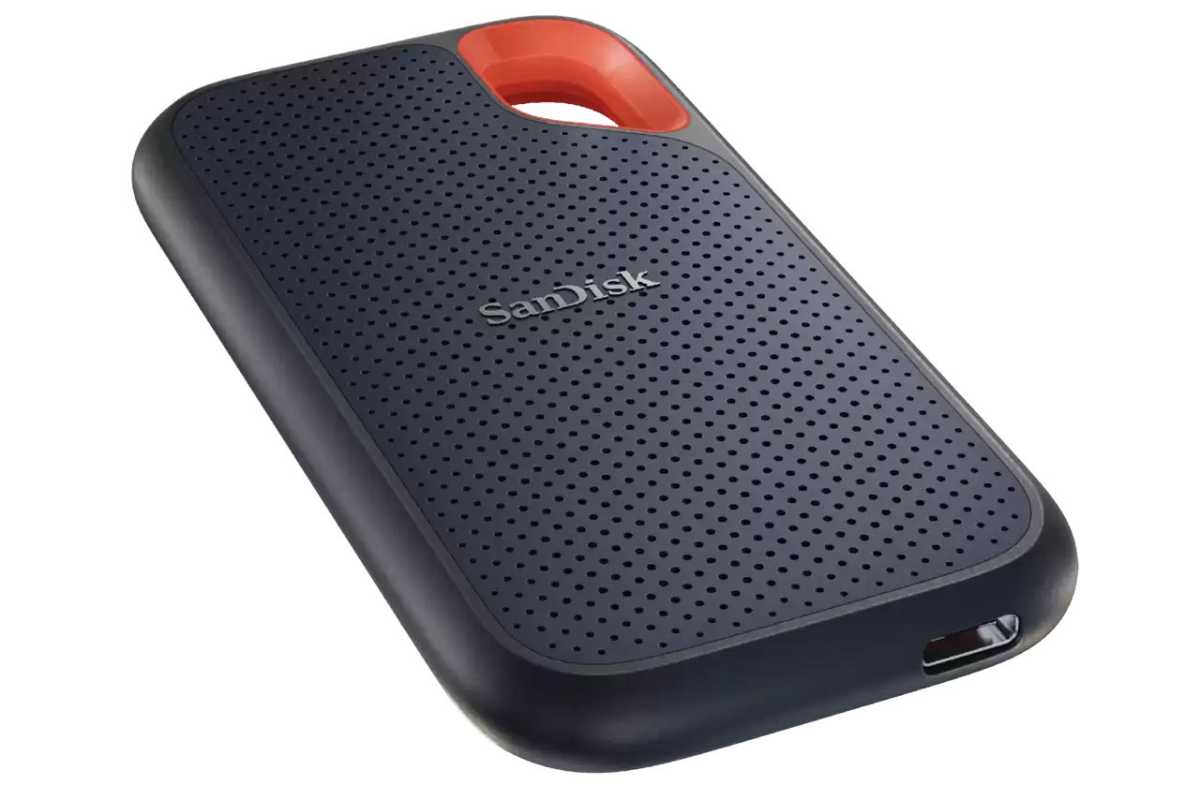
Sandisk Extreme Portable SSD 1TB (portable NVMe SSD)
External drive with SSD technology 2.5 inch, USB-C, up to 2,000 MB/s read and write, NVMe SSD, IP65, 5-year warranty
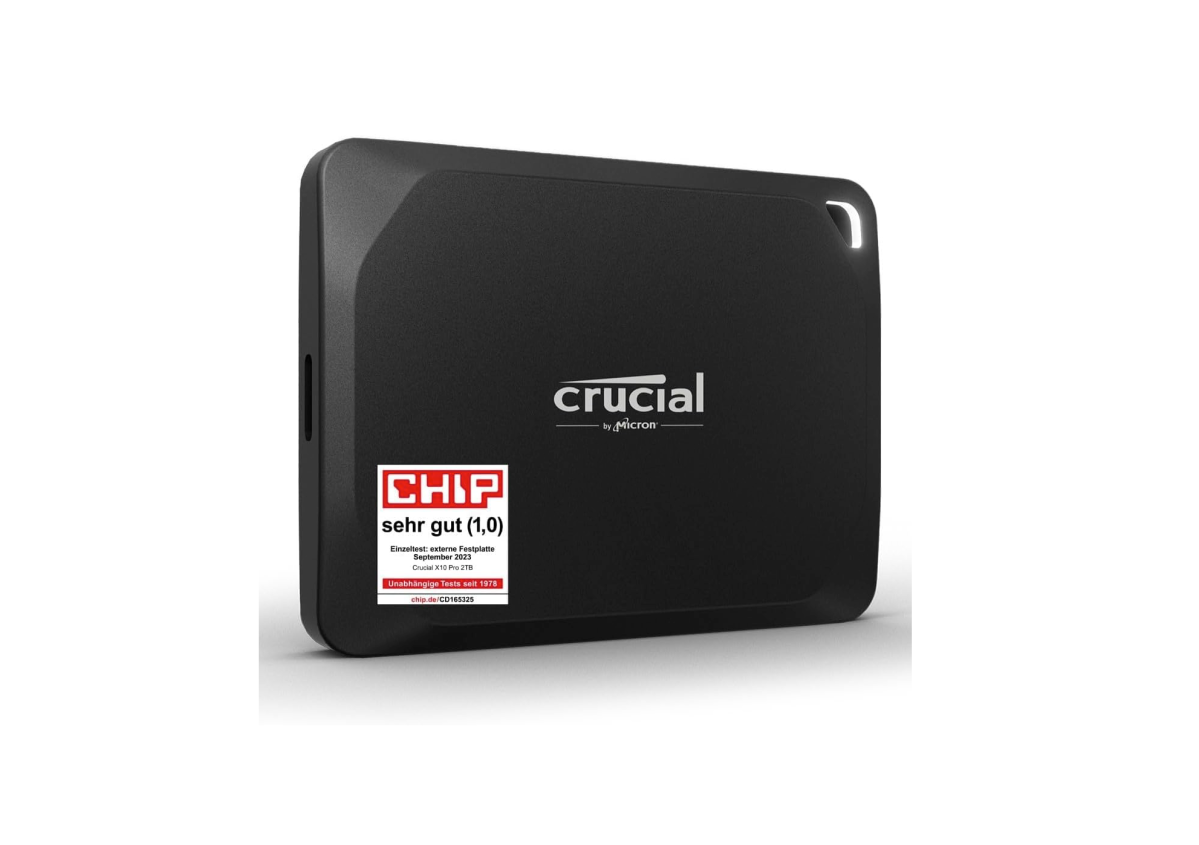
Crucial X10 Pro 1TB Portable SSD
External drive with SSD technology, USB-C, up to 2,100MB/s read and 2,000MB/s write, IP55
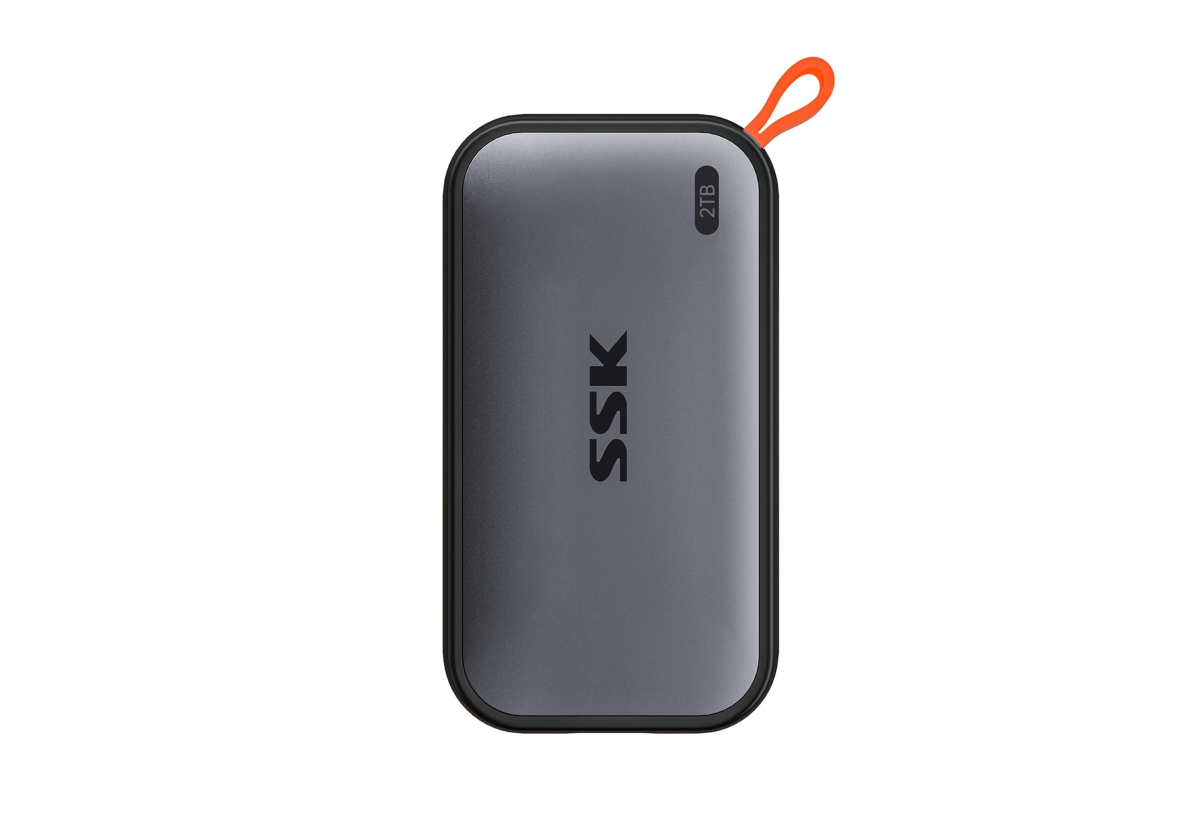
SSK 2TB portable, external NVME SSD
External drive with SSD technology, NVMe SSD, 2.7 inch, USB 3.2 Gen 2, 1,050MB/s read and 1,000MB/s write speed
Further reading: The best external drives we’ve tested
SD cards: Small, fast – but not universal
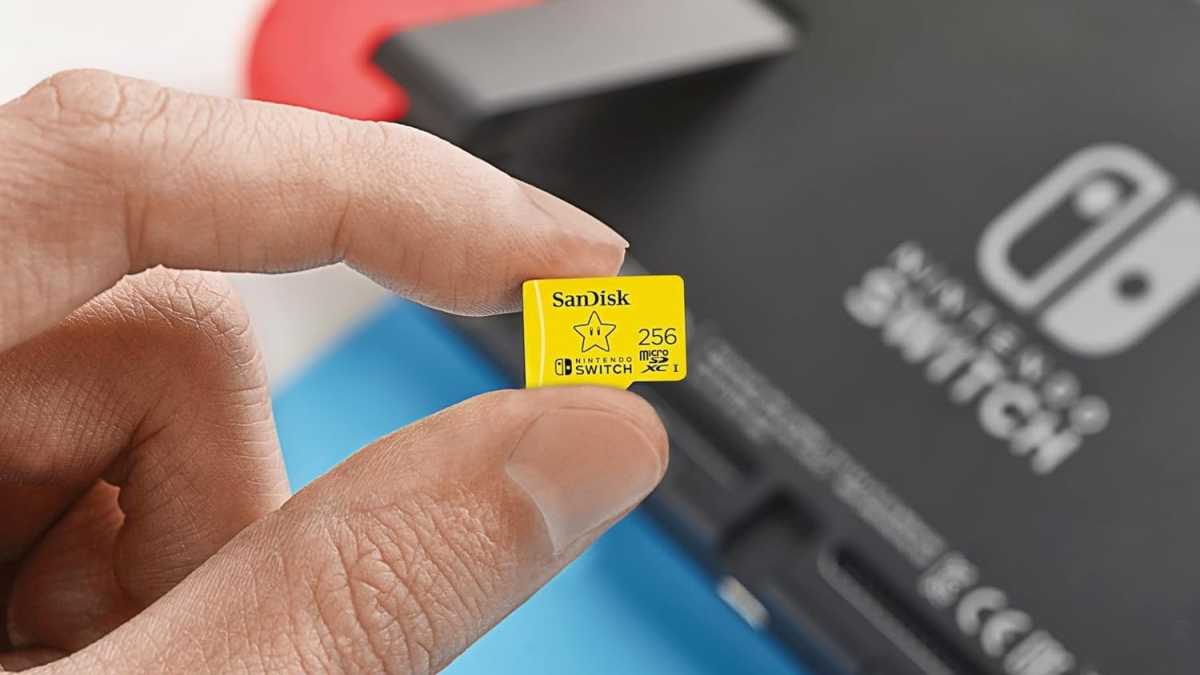
SanDisk
SD cards (or microSDs with an adapter) are also a compact alternative to USB sticks. They are standard, especially for cameras, drones, and mobile devices, as well as some laptops. In combination with a USB-C card reader, SD cards can even be used as mini storage drives for notebooks.
Further reading: SD cards, demystified: How to decipher the confusing jumble of specs
The advantage over classic USB sticks: SD cards can be used more flexibly in many areas, are often cheaper per gigabyte and — depending on the class and model — also achieve high transfer speeds. They are also easy to replace or permanently integrate into devices, such as cameras or laptops with card readers. So if you work with memory cards anyway, you can easily use them as a mobile drive (and save yourself the extra stick).
Advantages:
- Extremely small and light
- Good speeds with modern UHS-II cards
- Can be used directly in many devices
Disadvantages:
- Susceptible to loss or damage
- A card reader is usually required for use on a PC
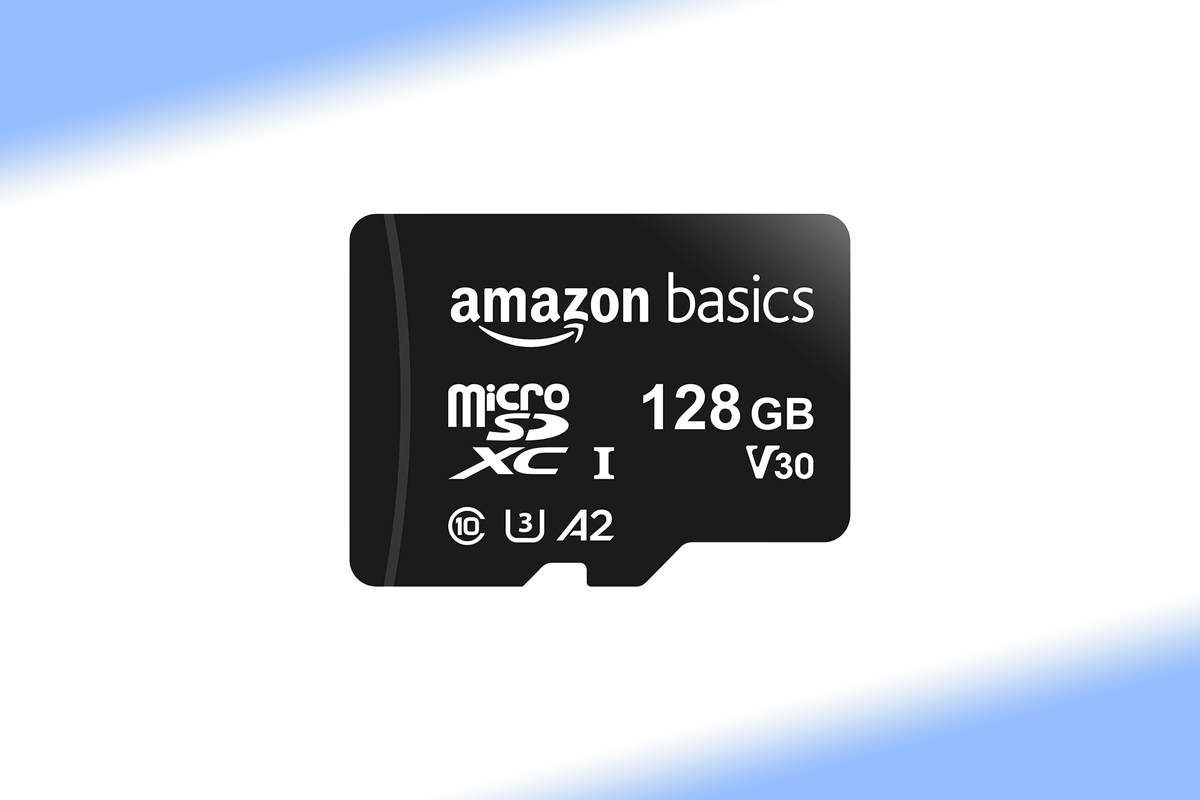
Amazon Basics microSDXC 128GB
SD memory card with 128GB and SD adapter, 100MB/s maximum read speed
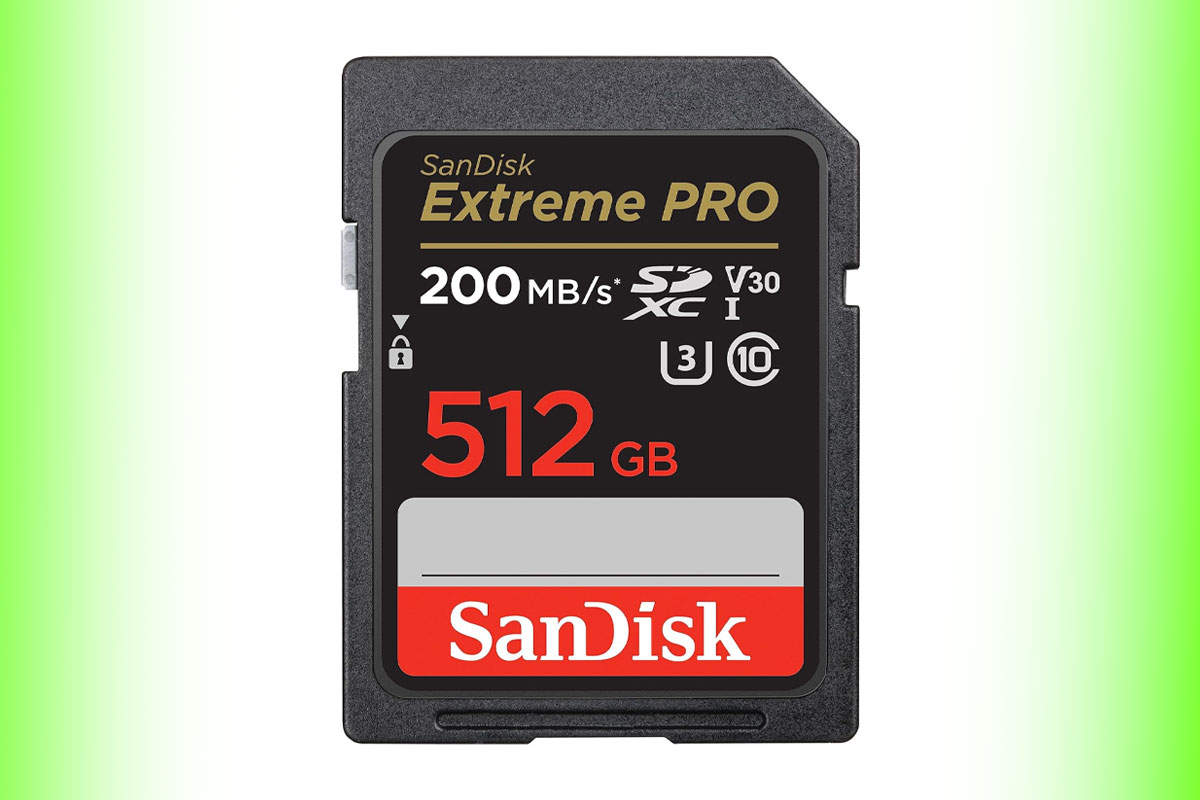
Sandisk Extreme PRO SDXC UHS-I memory card 512GB
Sandisk UHS-I memory card, 512 GB, V30, transfer speed 200 MB/s, U3, 4K UHD videos, Sandisk QuickFlow technology
Cloud services: Storage space always with you
The cloud is probably the most modern alternative to USB sticks. Services such as Google Drive, Dropbox, iCloud, or OneDrive offer storage space on the internet that you can access from any device — without a physical drive.
Advantages:
- Access from anywhere with an internet connection
- Ideal for collaboration and shared files
- Automatic synchronization possible
Disadvantages:
- Dependent on a stable internet connection
- Limited free storage, followed by a paid subscription
- Data protection and encryption are important issues
Conclusion: USB drive only for special cases?
The humble USB flash drive has not yet completely lost its place — it is quite common and ideal for simple data transfers, firmware updates, or as a boot stick. But as an everyday soluti
Войдите, чтобы добавить комментарий
Другие сообщения в этой группе


How fast do you need your screen to be? If your answer is “as fast as

Even though many people like to use the web version of WhatsApp, ther

Microsoft’s Surface is the gold standard for Windows-powered laptops,

How reliable is your internet connection? That depends a lot on how y

Who doesn’t like a free performance upgrade? And if you own a laptop

ADT offers Yale Assure locks with its ADT+ home security systems, and
